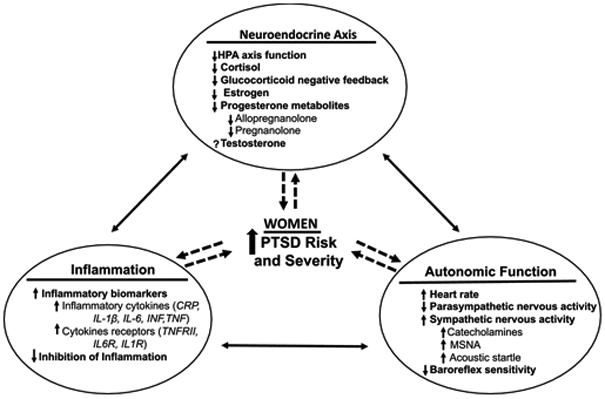Figure 1: Mechanisms associated with PTSD risk and severity in women.

HPA, hypothalamo-pituitary axis; PTSD, post-traumatic stress disorder; CRP, C-reactive protein; IL-1, interleukin-1; IL-6, interleukin-6; INF, interferon; TNF, tumor necrotic factor; TNFR, tumor necrotic factor receptor; IL-6R, interleukin-6 receptor; IL-1R, interleukin-1 receptor; MSNA, muscle sympathetic nerve activity; Within each mechanism, arrow up = increase and arrow down = decrease; Between mechanisms, solid and dashed lines with arrows ↔, ← and → show the direction of the associations. Factors driving high PTSD risk and severity in women could be related to dysfunction in neuroendocrine axis, inflammation and autonomic function.
